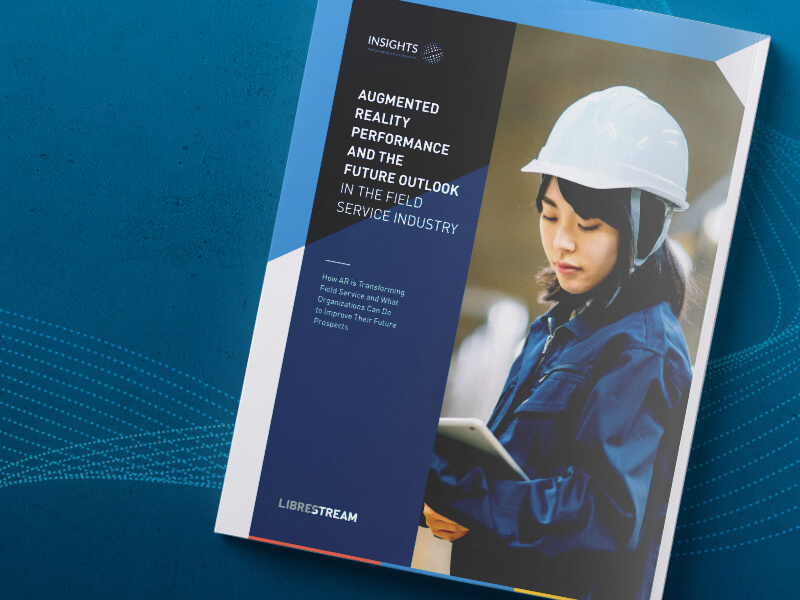
How Generative AI and RAG Unlock Decades of Business Knowledge

Librestream, in partnership with Worldwide Business Research (WBR), is pleased to announce the results of their latest study that sought to understand how augmented reality (AR) technology is being adopted in field service, what steps organizations will take over the next year to improve their business outcomes via AR, and more. With survey results from individuals from 100 companies with annual revenues ranging from $500 million to $150 billion, the study places a spotlight on organizations’ need for more technically mature field service operations and technology vendors.
The report includes a wide range of findings, including viewpoints on business needs and benefits, pace of adoption, most important capabilities, challenges, and expected investments. Here are some key insights:
The survey findings revealed that 82% of companies surveyed plan to increase their investments in AR by over 20%, with some reporting increases by as much as 60% in the next twelve months. As the #1 provider of enterprise AR solutions, Librestream’s 838% user license growth in 2020 supports the finding that organizations are deploying these solutions at scale and plan to increase AR budgets to accommodate expanded use cases and business units.
Advanced remote assistance capabilities and analytics play a key role in ensuring this seamless collaboration between field service workers and back-office workers. As a result, field service organizations are pursuing these advanced capabilities to move from a reactive service model to an outcome-as-a-service model. To achieve this goal, organizations need remote assistance capabilities to do more than just make a phone call. Over 40% of survey respondents identified the following critical features of this capability; usage statistic analytics, device-agnostic software, diagnostic tool support and offline and low-bandwidth features.
2020 was a year like no other. Government-regulated travel bans, social distancing protocols, lockdowns and closures created barriers for businesses to remain profitable, let alone operational. Respondents credit AR as a key enabler of business continuity in the face of these unprecedented challenges. Over 50% of individuals surveyed said that AR helped them reduce the need for travel to deliver service, improve onboarding processes for contractors and new technicians, and increase protected margins on service.
While AR tools and technologies have come a long way from being a novelty form of digital entertainment, barriers to industrial adoption remain. Over 60% of respondents identified AR as a common feature within their organizations. However, many still struggle to deploy AR platforms at the level of maturity they need within their operations. More than half of those surveyed said they continue to have difficulty collecting technician feedback and managing this technology’s scaling after a successful pilot. Technology vendors will be crucial to helping organizations develop processes to obtain and analyze technician feedback and build strategies to deploy AR solutions at scale.
While these are just a handful of key insights, the full 15-page report on “Augmented Reality Performance and the Future Outlook in the Field Service Industry” includes additional information on the following topics:
Download a free copy of this report here.